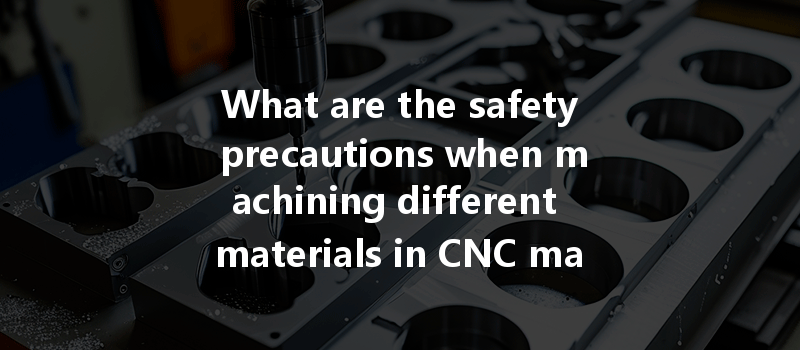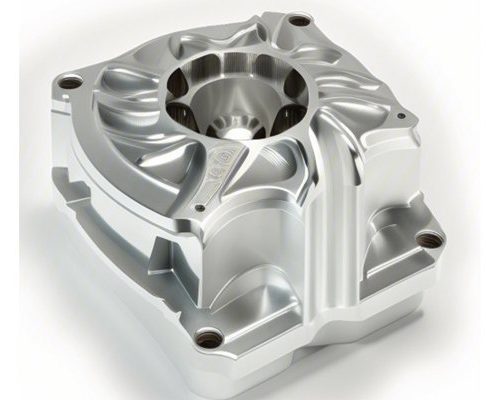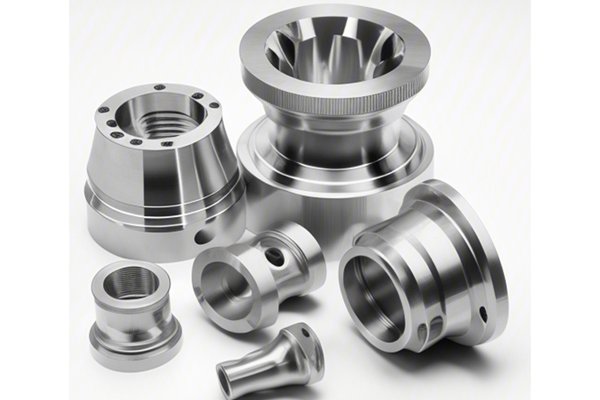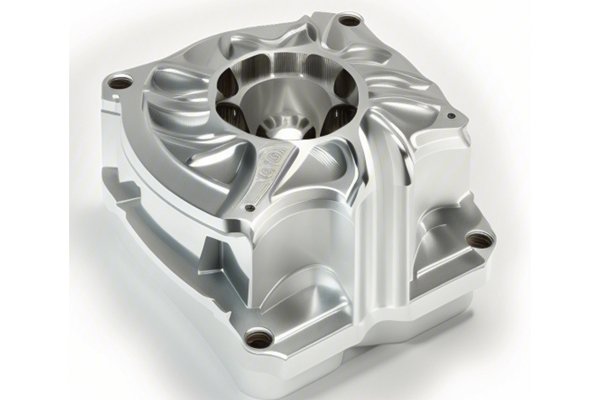CNC machining is a pivotal process in modern manufacturing, offering precise control over production and enhancing efficiency across various industries. However, as with any complex manufacturing process, safety is of paramount importance. At YL Machining, we understand that different materials have distinct properties and thus require specific safety precautions during the CNC machining process. This blog aims to elucidate the safety measures necessary for machining various materials, providing a comprehensive guide to ensuring safety not just for the operators but also for the environment.
Understanding CNC Machining and Its Applications
Before delving into the safety specifics for different materials, it is crucial to grasp what CNC machining entails. Computer Numerical Control (CNC) machining refers to the automated control of machining tools through computers executing pre-programmed sequences. These sequences can control a range of operations including drilling, milling, and turning. CNC machining is widely used in industries such as aerospace, automotive, electronics, and medical devices due to its high precision and repeatability.
Importance of Safety in CNC Machining
Safety in CNC machining is critical for a multitude of reasons:
Given these critical factors, let us explore the specific safety precautions for various materials commonly machined in CNC processes.
Safety Precautions for Machining Metal Materials
Properties & Risks: Steel is an alloy predominantly composed of iron and carbon, known for its strength and durability. However, when machining it, particularly high-carbon and stainless steels, sparks and metal shavings can fly, posing burn and laceration risks.
Precautions:
Properties & Risks: Aluminum is softer and lighter than steel, making it easier to machine. However, it can produce harmful dust when machined and can lead to hazardous conditions if not properly managed.
Precautions:
Properties & Risks: Brass is an alloy of copper and zinc, known for its corrosion resistance and machinability. Its machining can produce metal chips that can be sharp and pose cutting hazards.
Precautions:

Safety Precautions for Machining Plastic Materials
Properties & Risks: Polycarbonate is a strong, impact-resistant plastic. However, it can generate static electricity during machining, leading to dust accumulation that poses fire risks.
Precautions:
Properties & Risks: POM is a high-performance engineering plastic known for its low friction and high stiffness. When machined, it releases harmful fumes that can be detrimental to health.
Precautions:
Safety Precautions for Machining Composites
Composite materials combine different elements to form stronger and more versatile products. This category includes composites such as carbon fiber and fiberglass, which have unique risks.
Ergonomics in CNC Machining
While focusing on material-specific procedures, it is vital to incorporate ergonomics into CNC machining setups. Poor ergonomics can lead to operator fatigue, increasing the risk of accidents.
Emergency Procedures and Continuous Training
It is pertinent that every CNC machining facility develops and implements comprehensive emergency procedures tailored to the specific materials being worked with. This includes fire procedures, first-aid protocols, and machinery shutdown processes.
Additionally, continuous training is crucial to ensure that all personnel are updated on safety protocols and best practices for handling different machining materials. Regular safety drills, workshops, and refresher courses can significantly enhance the overall safety culture within the organization.
CNC machining is a sophisticated process that holds immense potential for innovation in manufacturing. However, it is not without risk, particularly when dealing with various materials that pose distinct challenges. At YL Machining, we prioritize safety above all, ensuring that we employ best practices tailored to the materials we work with.
By adhering to recommended safety precautions, leveraging the right tools, and committing to ongoing education and training, we can create a safe and efficient working environment. Remember that safety is not merely a set of rules; it is a culture that needs to permeate every aspect of CNC machining.
In the fast-evolving world of manufacturing, staying informed about the latest safety measures and technological advancements is not just beneficial; it is essential. For more information or to inquire about CNC machining services, please contact YL Machining today.
—



